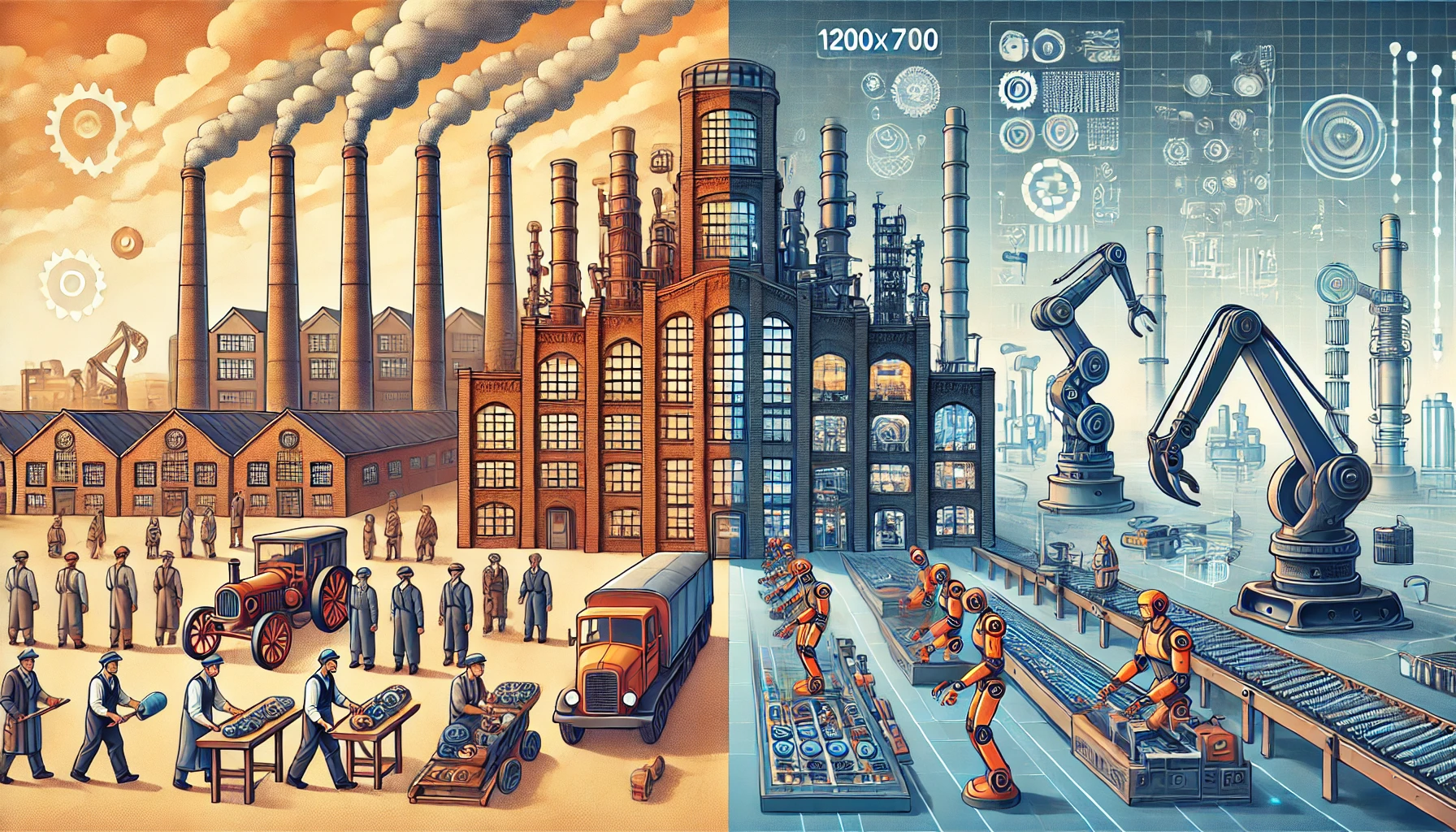
A Decade of Transformation
Over the past decade, the Indian government has implemented strategic policies to transform the country into a global manufacturing hub. These initiatives have significantly influenced the trends within the manufacturing sector, driving growth, innovation, and competitiveness. This response will explore policy details and their impact on shaping the manufacturing landscape. It will provide real-life examples to illustrate these measures’ effectiveness and highlight the role of individual state policies.
Key Policies and Their Impact:
Make in India:
Real-life example: The successful establishment of manufacturing facilities by global giants like Samsung, Apple, and Foxconn in India directly results from the Make in India initiative. The favourable policies, skilled workforce, and growing domestic market have attracted these companies.
Production Linked Incentive (PLI) Scheme:
Real-life example: The PLI scheme has been particularly successful in electronics manufacturing. Companies like Xiaomi, Vivo, and Oppo have expanded their operations in India and increased their domestic production, benefiting from the incentives provided under the scheme.
National Manufacturing Policy:
Real-life example: The policy has played a crucial role in developing manufacturing clusters in various regions of India. The National Industrial Corridor (NIC) project, which connects major industrial hubs across the country, is a tangible example of the government’s efforts to create a conducive environment for manufacturing.
Role of Individual State Policies:
Several Indian states have implemented their policies to promote manufacturing within their jurisdictions. These state-level initiatives have complemented national policies and created favourable conditions for industrial development.
Gujarat:
The state has pioneered industrial development, offering attractive incentives and a business-friendly environment. The Gujarat International Finance Tec-City (GIFT City) is a prominent example of the state’s efforts to attract foreign investment and promote financial services.
Maharashtra:
As India’s economic powerhouse, Maharashtra has implemented various policies to boost manufacturing, including infrastructure development, skill development programs, and incentives for SMEs. The Mumbai Metropolitan Region (MMR) is a major manufacturing hub with diverse industries.
Tamil Nadu:
The state has a strong automotive industry has implemented policies to promote electric vehicle manufacturing and attract investments in related sectors. The Chennai-Bengaluru Industrial Corridor (CBIC) is a key initiative to enhance connectivity and industrial development in the region.
Andhra Pradesh:
The state has focused on developing industrial parks and promoting electronics, pharmaceuticals, and food processing sectors. The Amaravati Capital Region is being developed as a smart city focusing on sustainable and innovative industries.
Trends Shaped by Government Policies:
Shift Towards Advanced Manufacturing:
Real-life example: The growth of the Indian pharmaceutical industry, which has become a global leader in generic drug manufacturing, is a prime example of the country’s shift towards advanced manufacturing. Government policies have provided incentives and support to the pharmaceutical sector, enabling it to compete globally.
Increased Foreign Direct Investment:
Real-life example: The establishment of manufacturing facilities by multinational companies like Tesla, Hyundai, and Volkswagen in India is a testament to the country’s growing attractiveness as an investment destination. Government policies have played a crucial role in attracting these investments.
Growth of Small and Medium Enterprises (SMEs):
Real-life example: Government initiatives like the Pradhan Mantri Mudra Yojana (PMMY) have provided financial assistance to millions of SMEs in the manufacturing sector, enabling them to expand their operations and contribute to the industry’s overall growth.
Export-Oriented Growth:
Real-life example: The Indian textile industry, a major exporter of garments and fabrics, is a success story of government policies promoting exports. Incentives, trade agreements, and infrastructure development have played a key role in the growth of the textile sector.
Conclusion
In conclusion, the Indian government’s policies over the past decade and the supportive measures implemented by individual states have played a pivotal role in shaping the trends within the manufacturing sector. By promoting domestic manufacturing, attracting foreign investment, and improving the business environment, these policies have contributed to India’s economic growth and its emergence as a global manufacturing player. The real-life examples presented above highlight the effectiveness of these policies in driving transformation and development.
‘Precons furnaces’ are always the ideal option if you are looking to install high-quality industrial furnaces at your place of business. Our installation and services are always of the highest quality.
For more information about ‘Precons’,
♥ Do call 9840930370 or Fill out our Appointment form to get in touch!
♥ Follow our Social Media pages for recent updates. Facebook | Instagram